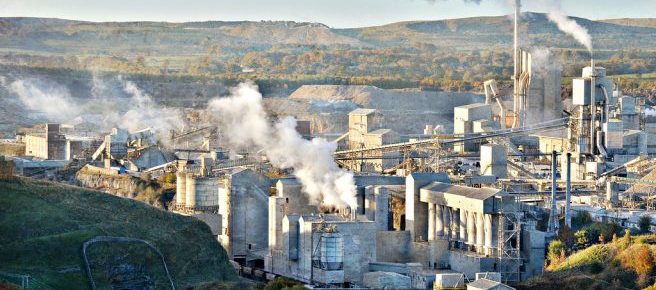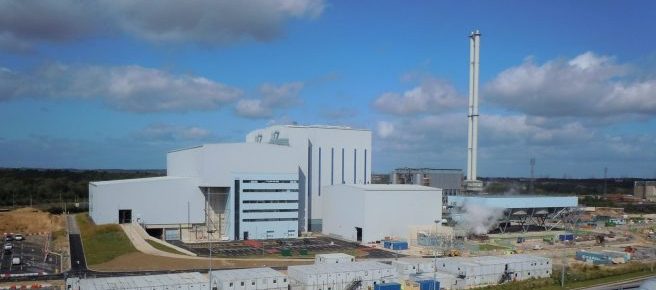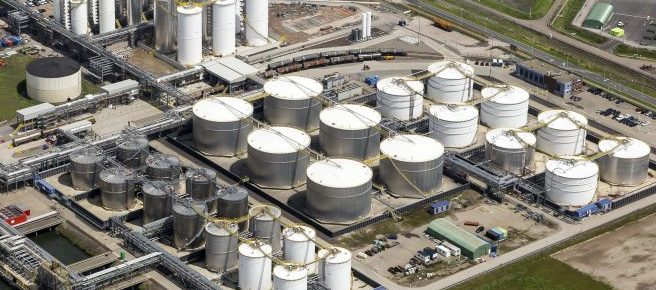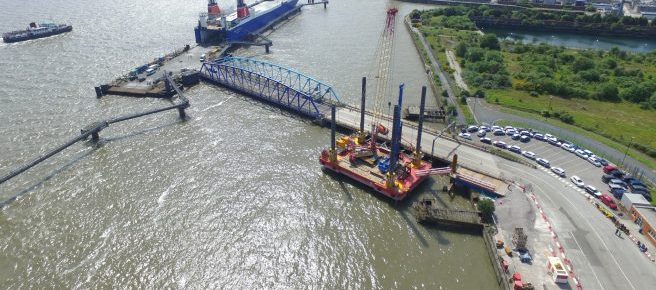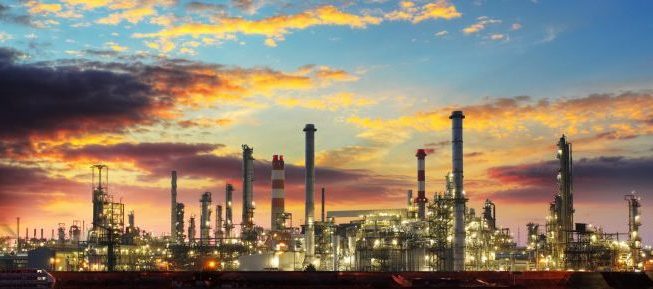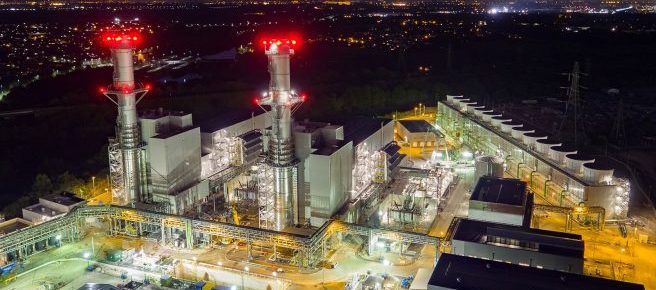How Green is Energy from Waste (EfW)?
Every year the UK generates tonnes of residual waste and as a result of a growing population, this is expected to continue to increase.
Although steps have been taken to reduce the amount of waste the UK produces and improvements in recycling rates are being made, there is still a huge amount of residual waste which needs disposing off, or preferably utilising in other ways.
Traditionally waste was, and in some cases still is, sent to landfill, however this is now not seen as sustainable. Either because landfill sites are near or at full capacity, or because landfill severely contributes to carbon emissions; negatively impacting the Net Zero target. Waste is also exported to other countries, but with increases in costs of exporting waste and those countries which would normally process the UK’s waste putting up barriers, this too is fast becoming an unsustainable option.
Today waste is being viewed in a more sustainable way. There is a growing requirement for ways in which waste can be utilised, with new technologies being developed so it can be used as a resource. Energy from waste facilities use waste as a resource to fuel processes and in turn generate low-carbon renewable energy in the form of electricity, and in some cases heat energy.
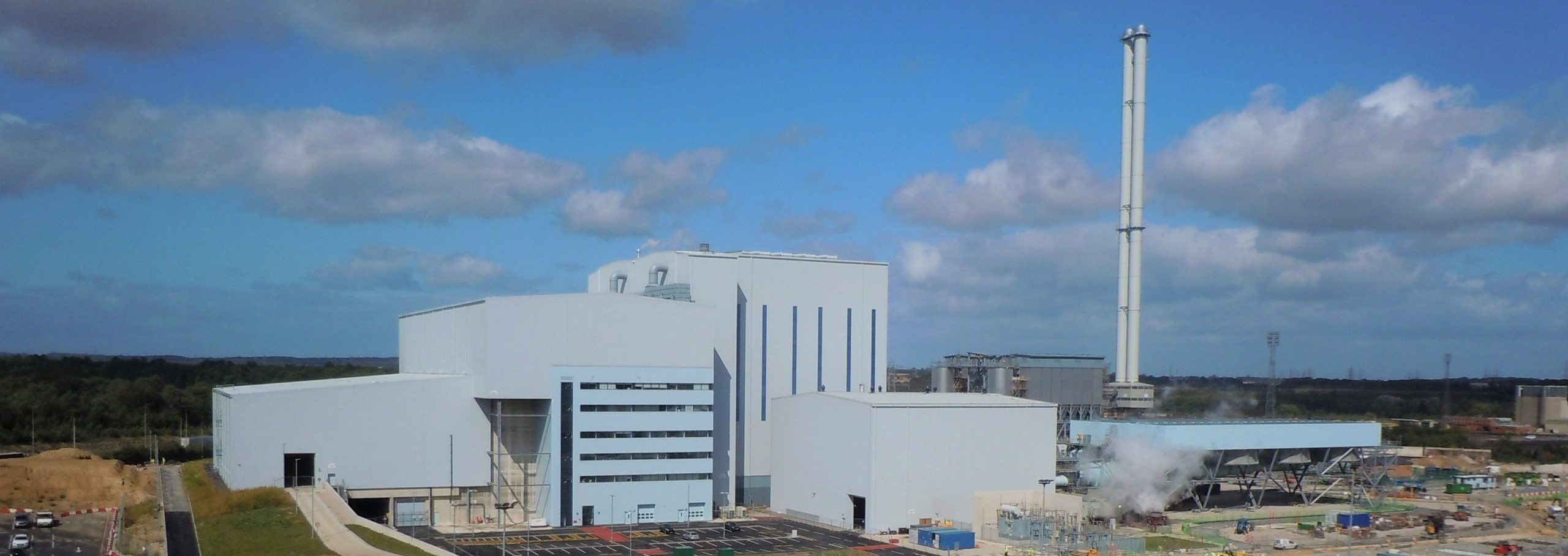
What are the challenges of Energy from Waste?
As with most industrial processes there are challenges with energy from waste processes. Emissions from a waste to energy facility are continually monitored to ensure they fall within permitted limits which are issued by the Environmental Agency.
Flue gases from the combustion process pass through a series of filtration processes to capture particles and clean gases which are to be released into the atmosphere via the stack.
Filtration and cleaning of gases is achieved by several control measures. Including; injecting lime into the gas stream to reduce acidity, adding activated carbon to capture any pollutants like heavy metals, and injecting ammonia into the furnace to control nitrogen.
When the gases go through the bag filters within the filtration system, residue and particles from the control measures are captured. A cleaning system is also incorporated within the filters to stop them becoming clogged, and they are designed to be removed and replaced when required. The particles which are removed during the filtration process are known as, Air Pollution Control residue (APCr).
The APCr isn’t simply a waste by-product however. It is in fact recycled, using a carbon negative process, into materials such as breeze blocks for use in the construction industry or into asphalt which is used within the roads we drive on.
Summary
Energy recovered from waste is seen as a preferred way of utilising residual waste because overall carbon emissions are significantly lower than those produced by landfill. Energy from waste also supports a circular approach to waste, as waste is repurposed into energy rather than simply being disposed of and by-products throughout the process are recycled, with emissions cleaned and continually monitored for environmental compliance.
Learn more about our experiences within the power generation sector, and what solutions we offer.







